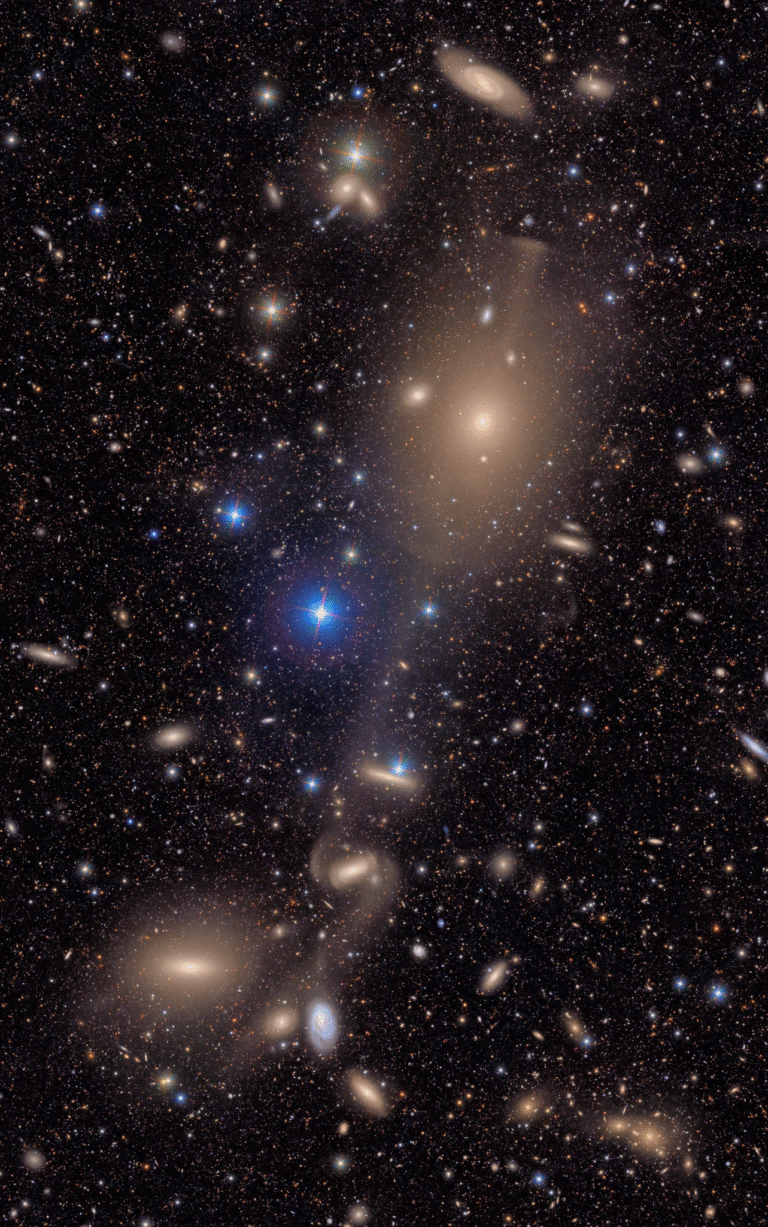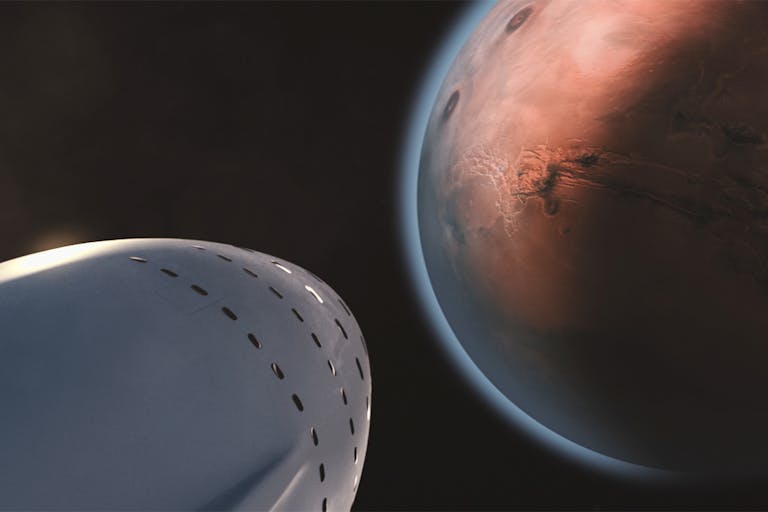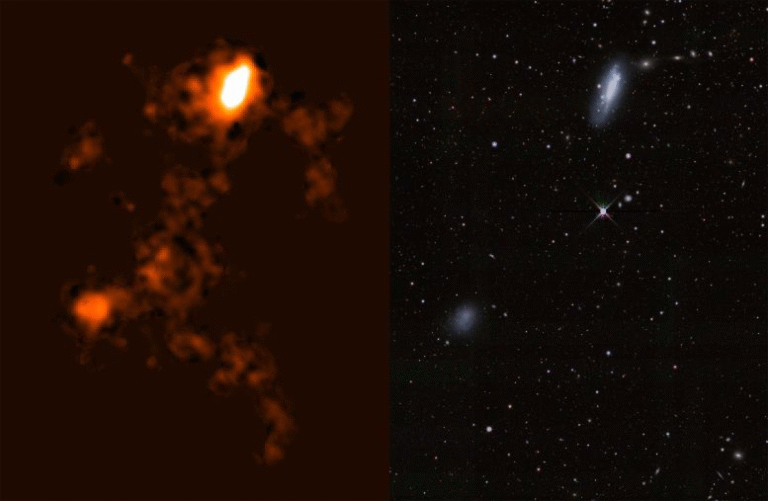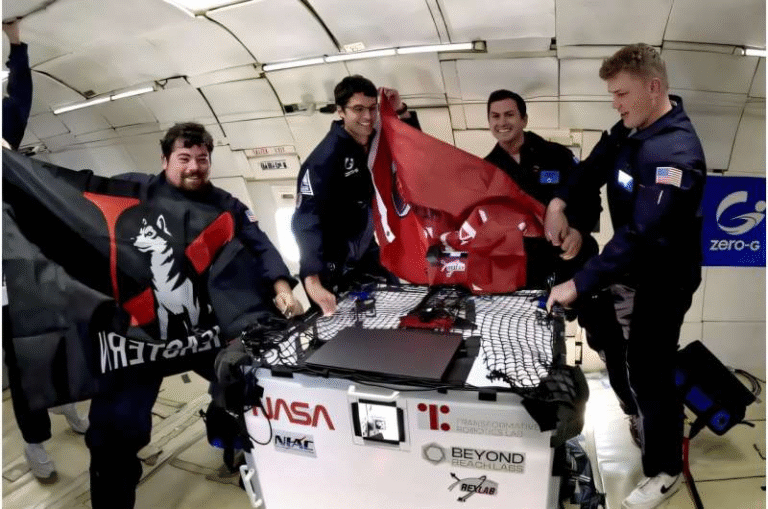SpaceX and ULA Prepare for a Rare Double Launch Night That Could Match the Space Coast’s Annual Record
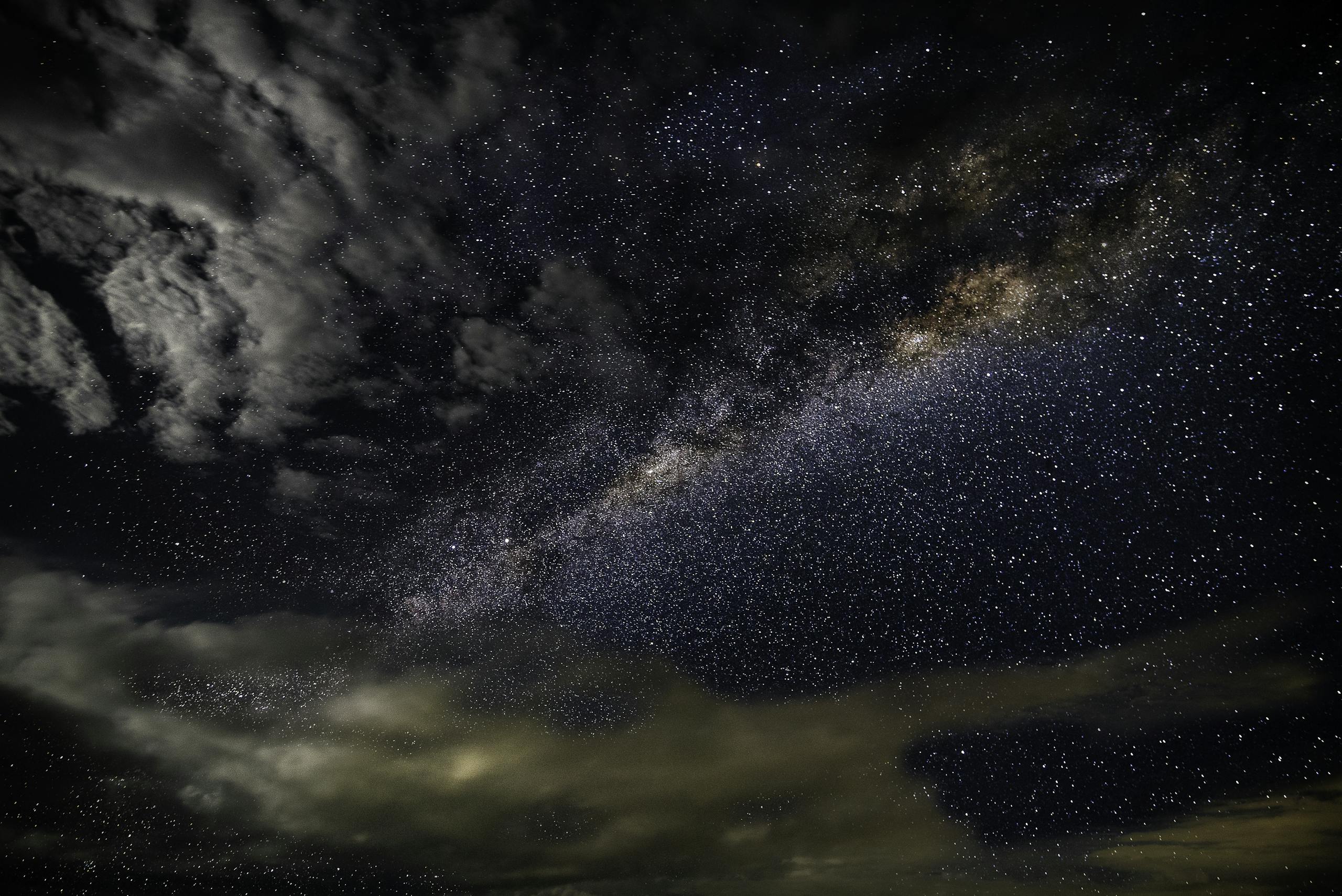
The Space Coast is gearing up for a busy and exciting evening as SpaceX and United Launch Alliance (ULA) line up two back-to-back orbital launches that sit just hours apart. What makes this especially interesting is that if both missions lift off successfully, they will bring the Space Coast’s total number of orbital missions this year to 93, matching the region’s record set in 2024. It’s one of those nights where Florida’s coastline turns into a showcase of rocket hardware, precision timing, and the steadily increasing pace of modern spaceflight.
The First Launch: SpaceX’s Starlink 6-81 Mission
Leading the evening lineup is SpaceX, which plans to launch its Starlink 6-81 mission from Space Launch Complex 40 at Cape Canaveral Space Force Station. This mission includes 29 Starlink satellites, continuing SpaceX’s long-running expansion of its global communication constellation.
The launch window is a comfortable four-hour block, opening at 6:08 p.m. and closing at 10:08 p.m. Eastern Time. SpaceX has built its reputation on efficiency, and this launch continues that pattern. The Falcon 9 first stage being used here is on its fifth flight, a testament to the company’s focus on reusability. After liftoff, the booster is scheduled to attempt a landing on the droneship Just Read the Instructions, stationed in the Atlantic Ocean.
Reusability has been a cornerstone of SpaceX’s rapid-launch cadence. With Falcon 9 boosters regularly flying multiple missions, the company has been able to scale its launches significantly, particularly for Starlink deployments. This has also contributed heavily to its commanding share of the Space Coast’s total missions for the year.
The Second Launch: ULA’s ViaSat-3 F2 Mission
Shortly after the SpaceX window closes, United Launch Alliance steps in with the evening’s second mission. ULA plans to launch the ViaSat-3 F2 satellite aboard an Atlas V rocket from Space Launch Complex 41, also at Cape Canaveral. The planned liftoff time is 10:24 p.m., right as its 44-minute window opens.
Weather conditions look overwhelmingly favorable for both companies. According to Space Launch Delta 45’s weather squadron, there is a better than 95% chance of good launch conditions for each rocket. This kind of reliability adds confidence to the already ambitious back-to-back scheduling.
The Atlas V’s tenure is coming toward an end as well. After this mission, only 11 Atlas V rockets remain, all already assigned to specific programs, including Amazon’s Project Kuiper and Boeing’s Starliner. This means each Atlas V launch is now somewhat historic, marking the slow sunset of one of the most reliable rockets ever flown.
The Growing Pace of the Space Coast
If both rockets launch on schedule, the Space Coast will hit 93 orbital missions for the year—matching the previous record set in 2024. Breaking down that number shows the current landscape of American launch providers:
- SpaceX: 87 launches
- ULA: 5 launches
- Blue Origin: 1 launch
That tally says a lot about how dominant SpaceX has become in the launch market. While ULA and Blue Origin play important roles, SpaceX is largely responsible for the skyrocketing launch numbers.
Launch Pads and Activity Distribution
Cape Canaveral and Kennedy Space Center continue to be extremely active. According to the data:
- 73 launches this year originated from Cape Canaveral’s three active pads.
- 20 launches came from Kennedy Space Center’s Launch Pad 39A.
Launch pace is increasing so consistently that the combination of SpaceX, ULA, and Blue Origin is expected to push the Space Coast past 100 launches before the year is over—a milestone that would have been unthinkable just a decade ago.
Human Spaceflight From the Space Coast
Interestingly, all four crewed missions from the Space Coast this year were flown by SpaceX. These missions include:
- Crew-10
- Fram2
- Ax-4
- Crew-11
SpaceX remains the only provider performing human spaceflights from this region at the moment. However, there are no additional crewed missions planned for the rest of the year, and none scheduled until 2026.
Every one of SpaceX’s missions this year has been launched using the Falcon 9; the company did not fly any Falcon Heavy missions during this period. Despite that, the Falcon 9 alone has maintained an astonishing frequency of launches.
ULA’s Transition and Blue Origin’s New Steps
While most of ULA’s launches this year used the Atlas V, the company also flew its new Vulcan rocket once. Vulcan is intended to eventually replace Atlas V entirely, offering improved performance with modernized hardware.
As for Blue Origin, its New Glenn rocket flew early in the year, marking an important milestone. The company is already preparing for its second-ever New Glenn mission, which could launch as early as Sunday, according to the FAA. Blue Origin’s progress is gradual but noteworthy as it continues to step into the orbital-launch market dominated by SpaceX.
The Bigger Picture: Why This Double Launch Night Matters
There’s something undeniably exciting about two major rockets launching from neighboring pads on the same evening. It highlights how far American commercial spaceflight has come and how the Space Coast has evolved into the busiest spaceport on Earth.
These back-to-back launches demonstrate:
- The maturing reliability of launch vehicles.
- The increasing coordination capacity of range operations.
- The growing commercial demand for satellite deployments.
- The pace at which reusable rocket technology is accelerating.
For readers watching the development of global space activity, nights like this show how normal frequent launches are becoming. What was once rare and newsworthy—two rockets launching just hours apart—is trending toward a new normal.
Additional Background: A Quick Look at Starlink and ViaSat
Starlink, the constellation SpaceX is building, already includes thousands of satellites. These satellites operate in low Earth orbit, providing broadband internet worldwide, especially in remote or underserved regions. A typical Starlink mission carries anywhere from 20 to 60 satellites, depending on the configuration.
ViaSat-3 F2, on the other hand, is part of ViaSat’s attempt to build a powerful global broadband network using high-capacity satellites in geostationary orbit. These individual satellites carry far more bandwidth capability than a typical Starlink cluster, but with fewer units and different service goals.
This contrast—multiple small satellites vs. one large one—reflects two different strategies for improving global connectivity.

